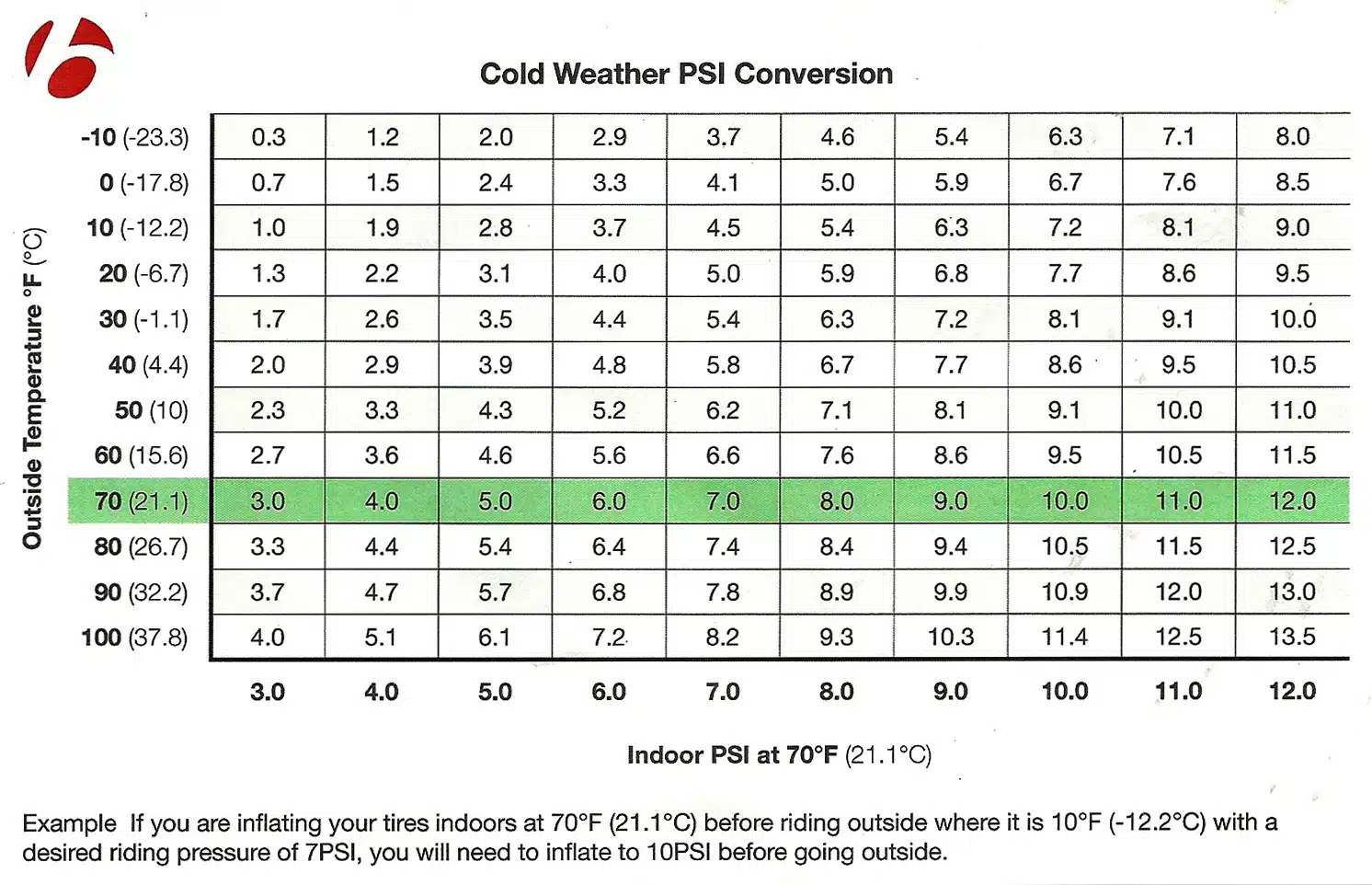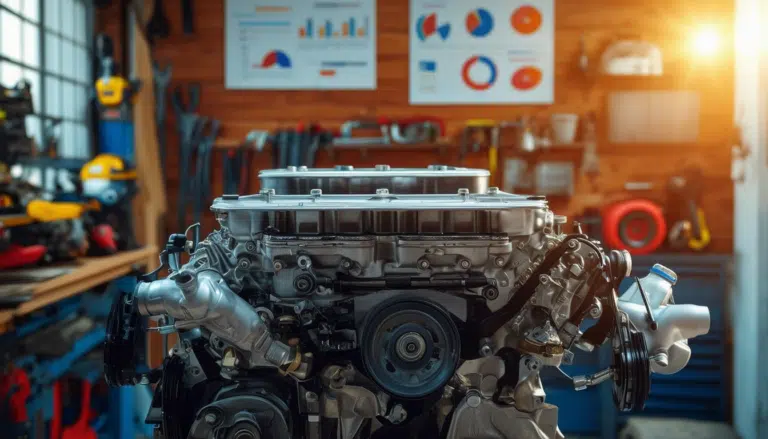Warning light for tire pressure on: causes and solutions explained

Have you noticed that the tire pressure warning light has come on in your dashboard? This signal should not be ignored, as it indicates a possible problem with the tire pressure. Driving with improper pressure can increase the risk of accidents and affect the vehicle’s performance. This article will explore the common causes that may trigger this light, as well as the appropriate solutions to address this issue effectively and safely.
When the tire pressure warning light comes on in your vehicle, it can cause significant concern. This illuminated signal, which plays an essential role in driving safety, indicates that there is a problem that requires immediate attention. This article will discuss the common causes of this warning light, the associated risks, and practical solutions to resolve the problem.
Functions of the tire pressure monitoring system
Importance of TPMS
The Tire Pressure Monitoring System (TPMS) is an advanced system that monitors tire pressure in real-time. Introduced in many vehicles since 2014, this system is designed to alert the driver to any abnormality in pressure, helping to prevent accidents and improve vehicle performance. Constant monitoring is key to maintaining safe driving.
Clear visual indicator
The tire pressure warning light is commonly indicated as an icon with an exclamation point inside a circle. Its yellow color indicates that action is required. Proper interpretation of this indicator is crucial for ensuring vehicle safety and efficiency.
Causes of the tire pressure warning light being on
Under-inflation of tires
One of the most frequent causes for the warning light to come on is under-inflation of the tires. If the pressure of any tire falls below 25% of the recommended level, the TPMS will activate, prompting the driver to perform a check. Inadequate pressure can lead to serious driving issues.
Technical failures and sensor issues
Sometimes, the warning light activation may be due to sensor failures in the system. The sensors might be miscalibrated or damaged, causing false alerts. This is common when vehicles use winter tires with steel rims, where calibration can be compromised.
Electrical problems
An intermittent activation of the warning light may also be caused by a loose electrical connection in the system. If the light goes off quickly, there may be a connection issue that needs to be checked to avoid future complications.
Risks of driving with the light on
Loss of vehicle control
Driving with deflated tires significantly increases the risk of losing control, especially during turns or braking maneuvers. Reduced grip can lead to serious accidents if corrective measures are not taken in time.
Increased braking distances
Tires with incorrect pressure affect braking performance. A deflated tire will require a longer distance to stop, which increases the risk of collisions. This aspect should be a crucial point in addressing the warning light activation.
Premature tire wear
- Uneven wear of the tire surface
- Increased replacement costs
- Decreased tire lifespan
Unjustified wear can lead to additional expenses and compromise safety on the road, making it vital to address any warning signal as soon as possible.
Solutions to the tire pressure warning light being on
Immediate pressure check
If the warning light activates, the first action should be to check the tire pressure using a gauge. Adjusting the pressure to recommended levels is essential. This task can be performed at home or at a service station.
Visual inspection of tires
In addition to checking the pressure, it is crucial to perform a visual inspection of the tires. Looking for cuts, punctures, or embedded objects can prevent more serious and costly problems that could compromise the vehicle’s safety.
Resetting the TPMS
After adjusting the tire pressure, it may be necessary to reset the TPMS. This ensures that the warning light does not remain unnecessarily activated and that the information presented is accurate.
Tips for avoiding future problems
Consult the owner’s manual
Each vehicle may have a specific procedure for resetting the TPMS. It is advisable to consult the owner’s manual to follow all necessary steps and ensure an effective process.
Consult a professional
If the initial checks do not resolve the issue, seeking help from an automotive professional may be essential. An expert can identify additional problems that a driver might not notice on their own.
Regular maintenance
- Perform periodic inspections of the tires
- Ensure proper maintenance of the sensors
- Be aware of TPMS software updates
Adopting these practices will ensure that the tire pressure warning system operates correctly and remains alert only when truly necessary. Maintaining the integrity of this system is essential for the safety and performance of the vehicle.
Conclusion on the tire pressure warning light
The illuminated tire pressure warning light can be an alarming sign for any driver. However, it is crucial to understand that this indicator is a vital safety tool designed to alert motorists to tire pressure problems that can compromise both safety and vehicle performance.
The causes behind the activation of this warning light are varied, but they usually relate to under-inflation of the tires, sensor issues, or even malfunctions in the TPMS. It is essential to act immediately upon noticing that this light comes on, as ignoring the problem can lead to serious risks, such as loss of control of the vehicle, longer braking distances, and uneven tire wear.
Drivers must take a proactive approach to maintain the proper pressure in their tires. Regularly checking the pressure with a gauge and conducting visual inspections can prevent most incidents. If the light comes on, it is essential to perform an immediate check and, if necessary, consult a professional for an appropriate diagnosis.
Proper maintenance of the tires not only ensures the safety of the driver and passengers but also contributes to greater fuel efficiency and prolonged tire lifespan. Therefore, maintaining continuous communication with the TPMS and being diligent in monitoring tire pressure practices are essential steps that every driver should follow for a safe and efficient driving experience.





